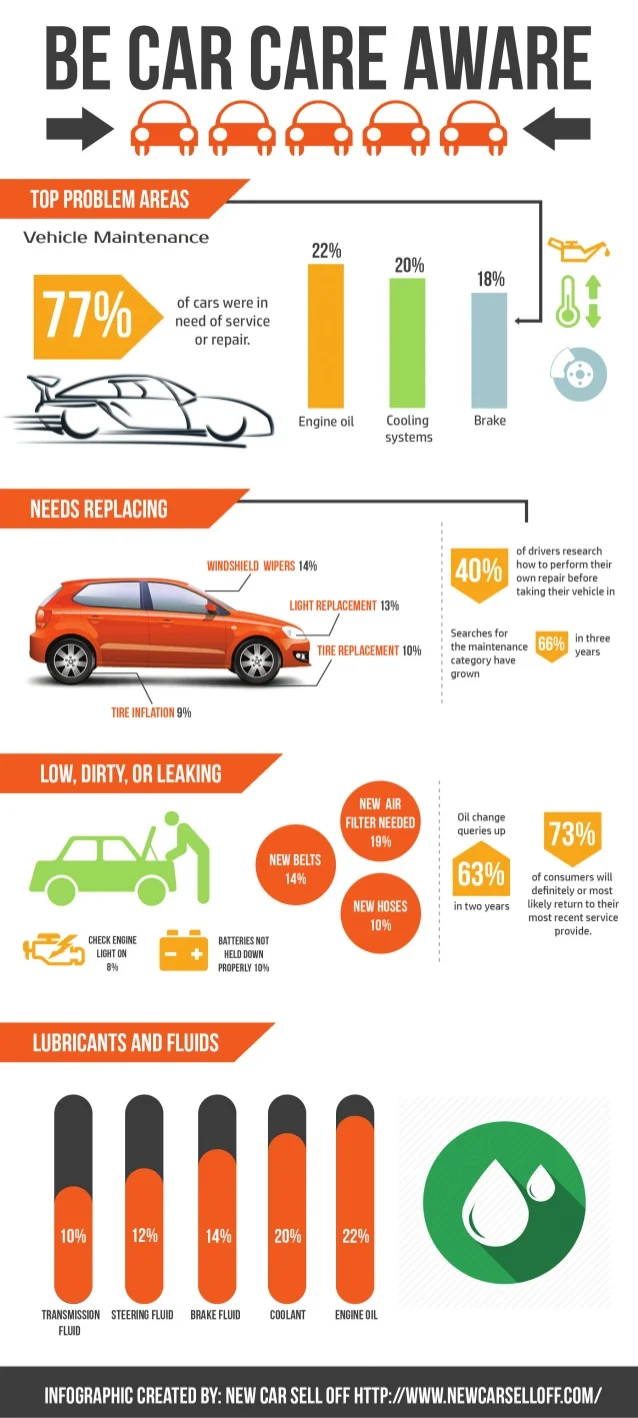Understanding The Value Of Your Vehicle'S Warning Signals: What They Really Stand For
Understanding The Value Of Your Vehicle'S Warning Signals: What They Really Stand For
Blog Article
Content Create By-Sykes Stark
When you're behind the wheel, those glowing warning lights on your control panel can be a bit puzzling. Do you understand what they're trying to tell you concerning your auto's health and wellness? Understanding the significance of these lights is vital for your safety and the long life of your car. So, the following time among those lights pops up, would not you want to decipher its message properly and take the required actions to address it?
Common Caution Lights and Interpretations
Identify typical warning lights in your car and understand their definitions to ensure risk-free driving.
One of the most regular caution lights include the check engine light, which signifies concerns with the engine or emissions system. If this light comes on, it's critical to have your automobile examined quickly.
The oil pressure advising light shows low oil pressure, calling for instant interest to stop engine damages.
A blinking battery light may recommend a defective charging system, potentially leaving you stranded if not attended to.
The tire pressure monitoring system (TPMS) light alerts you to reduced tire stress, affecting car stability and gas effectiveness. Neglecting this can bring about risky driving conditions.
https://www.findlaw.com/litigation/filing-a-lawsuit/can-i-sue-quick-car-maintenance-services-like-oil-changes--tires.html suggests an issue with the anti-lock braking system, endangering your capability to quit promptly in emergencies.
Finally, the coolant temperature alerting light warns of engine overheating, which can lead to extreme damages otherwise dealt with swiftly.
Understanding these usual warning lights will aid you attend to issues without delay and maintain risk-free driving problems.
Significance of Prompt Interest
Recognizing the usual caution lights in your automobile is just the primary step; the relevance of quickly dealing with these cautions can not be emphasized sufficient to guarantee your safety and security when driving.
When a caution light brightens on your dashboard, it's your car's way of connecting a prospective problem that needs focus. Overlooking these cautions can cause much more severe troubles later on, jeopardizing your safety and potentially costing you a lot more out of commission.
Trigger interest to warning lights can prevent malfunctions and accidents. As an example, a flashing check engine light can indicate a misfire that, if left neglected, could cause damages to the catalytic converter. Resolving this immediately can conserve you from a pricey repair service.
Likewise, a brake system alerting light might indicate reduced brake liquid or used brake pads, crucial parts for your safety and security when driving.
DIY Troubleshooting Tips
If you observe a warning light on your dashboard, there are a couple of do it yourself repairing suggestions you can try prior to looking for expert assistance.
visit the up coming site is to consult your car's manual to understand what the particular caution light indicates. In some cases the issue can be as simple as a loose gas cap triggering the check engine light. Tightening the gas cap might fix the problem.
One more typical issue is a reduced battery, which can activate different warning lights. Checking the battery connections for corrosion and ensuring they're safe and secure could fix the issue.
If a warning light continues, you can attempt resetting it by detaching the vehicle's battery for a few mins and then reconnecting it. In addition, inspecting your car's fluid levels, such as oil, coolant, and brake liquid, can aid fix cautioning lights associated with these systems.
Verdict
In conclusion, understanding your automobile's warning lights is important for keeping your lorry running efficiently and safely. By quickly attending to these notifies and understanding what they imply, you can avoid costly repair services and prospective malfunctions.
Bear in mind to consult your automobile's handbook for specific details on each cautioning light and act appropriately to ensure a hassle-free driving experience.
Keep informed, remain risk-free when traveling!
